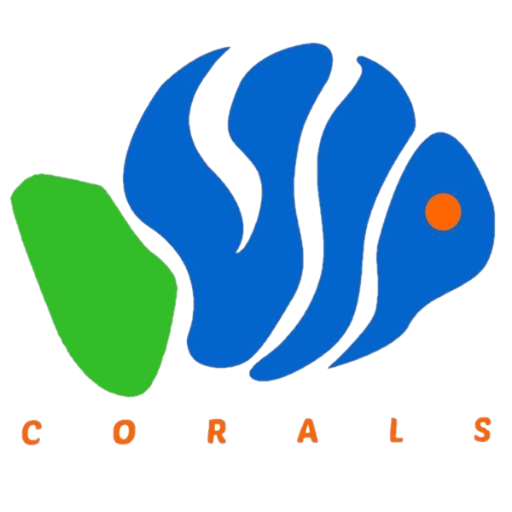Authors
Jayvee Ablaña Saco, Satoko Sekida, and Ichiro Mine
2020
Summary
Fluctuations in photosynthetic characteristics related to chloroplast translocation have been known in the foliose green algae Ulva lactuca var. latissima and var. rigida and U. mutabilis according to photoperiod. In Ulva, the single parietal chloroplast is found along the thallus surface wall and exhibits high photosynthetic activity during the light period; the chloroplast then moves towards the side walls and shows low photosynthetic activity during the dark period. In this study, we re-investigated whether the photosynthetic ability is dependent on chloroplast location in a unialgal culture of U. conglobata grown and maintained under low irradiance regime by analyzing in vivo absorption spectra, oxygen evolution, and pulse amplitude modulation chlorophyll fluorescence. The light absorbance of the thallus was higher when chloroplast was along the thallus surface wall than when along the side walls and, therefore, the thallus absorbance at 680 nm was used as an index of chloroplast position. Some photosynthetic parameters such as maximum net photosynthetic rate per thallus area and effective quantum yield of photosystem II correlated with the thallus absorbance. The highest rate and absorption were reached 3 to 9 h after the beginning of light period (12 h), which gradually decreased at 10 to 15 h after the beginning of light or dark period. The lowest rate and absorption was observed after the beginning of the dark period. The chloroplast movement was inhibited for 12 h by colchicine, and photosynthetic parameters were found to be dependent on various chloroplast positions in the thallus. Interestingly, the chloroplast moved to the surface and the side walls of the cells under continuous dark and light conditions, respectively, at approximately 48 to 72 h. However, decreased maximum quantum yield was observed under both continuous dark and light conditions.
